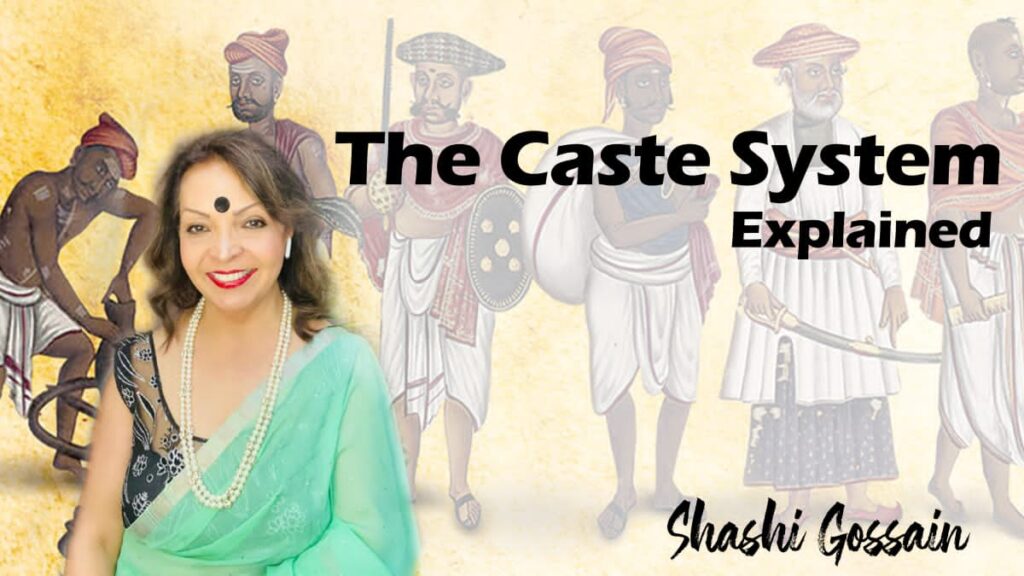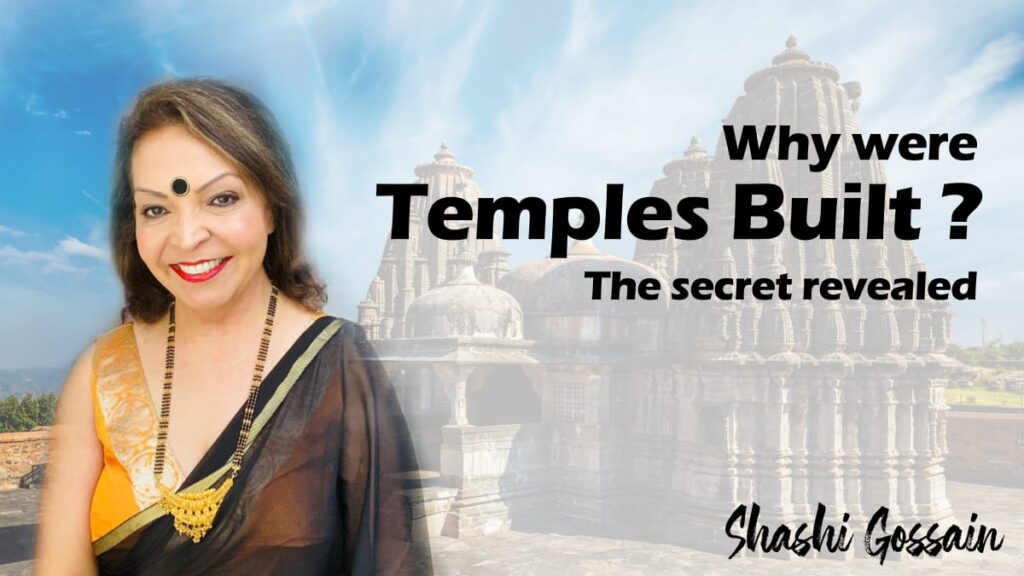Someone should be respected for being a upper caste and insulted for being a lower caste. This is not fair. This is against God’s will. Yet why we are tied into a caste system?
Cast system in ancient India-
Manusmriti is most important book on Hindu law which is considered to be written One Thousand Year before Christ was born, acknowledge and justifies the caste system as the basis of order and regularity of society.
In ancient India human society was divided into four classes based on occupation. These classes were Brahmin, Kshatriya, Vaishya and Shudra. It is believe of many people that these groups were originated from Brahma, The Hindu God of creation.
Caste system used to work on the basis of occupation. Caste system in ancient India used to work on the basis of occupation not on the basis of prosperity and birth. But over the time this caste system did not remain in its true form.
Hinduism is the oldest religion in the world, dating back to 5,000 years. & a lot of ancient practises still go on, although some of these practises are now banned in India.
CASTE SYSTEM
Caste literally means a “clan” or “lineage” within the Hindu Society. It is the hereditary division of Indian society based on occupation.
There are 4 main castes:
- Brahmins-highest caste, traditionally priests & teachers.dominate the key positions in science&government.
- Kshatriyas- military class, now mainly land owners
- Vaishyas- trade, merchants agriculturalists& artisans
- Shudras-“scheduled caste” occupations regarded as ritually impure, such as those involving waste & suffer from discrimination and mistreatment
The main castes were further divided into about 3,000 castes or jatis and 25,000 sub-castes, each based on their specific occupation.
Jati members usually marry within their own jati and follow traditions associated with their jati.
A survey in 2005 found that only 11 per cent of women had married a man of different caste.
Members of “higher” castes have a greater social status than individuals of a “lower” caste.
Indian law prohibits discrimination by caste, although caste identities remain of great significance at the local level, especially in relation to marriage.
It is illegal in India to discriminate against, abuse or insult anyone on the basis of caste.
Strong laws have been passed in India to end caste-based discrimination.
Modern Hindus rightly deplore caste abuse and are working to set matters right.
Just as in the west, it is a difficult task that will take decades, especially in the villages.
Even in Europe there was social system, similar to the caste system up until the 17th century industrial revolution.
European society then comprised of
- Landed elite- The Royalty & Titled gentry, which is still maintained today
- Merchants&artisans- based upon occupation. There was no public education system, and each generation learned at home the family occupation.
- Farmers
- Peasants- working class
Guru Nanak, together with other Sikh Gurus had also denounced the hierarchy of the caste system.
However, till today, it is just as prevalent in Sikhism, as it is in Hinduism. It’s still not common to marry outside their caste.
There are some caste in Sikhism –
Jatts, farmers are the biggest group in terms of numbers among Sikh castes & enjoy a superior status.
Khatri: shopkeepers & businessman
Ramgharia – carpenters
Ahluwalia– wine distillers/shopkeepers/
Lubana– transportation & carriers
Majhabi– small menial workers, originally the Untouchables, but were known for their bravery. The Britishrecruited 12,000 Majhabisikh soldiers during 1857 Mutiny to fight against the indigenous Sikhs & Hindus. British called them the Martial Race.
Marasis– entertainers
Saini– gardeners/Malli(by caste) but today become landowning caste
Gujjar– cow herders
Sindhi Sikhs, Aghan tribal Sikhs, Rajput Sikhs, etc
Castes in Pakistan
Even amongst the muslim community, caste system is rife, which is determined at birth.
The Land owners or zamindar are considered the highest caste, followed by carpenters, weavers & then marasis or entertainers.
They also have the untouchable class called chamars.
Indeed mixed marriages between these castes have led to many “honour killings”.
Why is there still the caste system?
Perhaps one of the reasons the caste system is still prevalent in South Asian countries is that there is still the concept of arranged marriages, and one tends to look for partners in one’s own community, as the backgrounds & expectations within a marriage will be well-defined.
Although Hindus have been open about the caste system, it non less prevails in all. But it reminds others that no country in the world is yet free from discrimination.
What is Casteism?
Casteism is one of the social problems. Casteism can be define as blind loyalty towards own cast, which does not care for the interest of people of other castes and seeks to realize the social, economic, political and all other interest of its own group.




This blog is a true treasure trove of interesting and informative content. The author’s writing is both substantive and engaging, and their ability to present complex ideas in an accessible way is truly impressive. I appreciate the level of research that goes into each post, and the author’s commitment to providing balanced and unbiased perspectives. What I love most about this blog is its ability to provide unique insights and perspectives on a wide range of topics. Whether you’re a casual reader or a serious student of the subject matter, there’s something here for everyone.